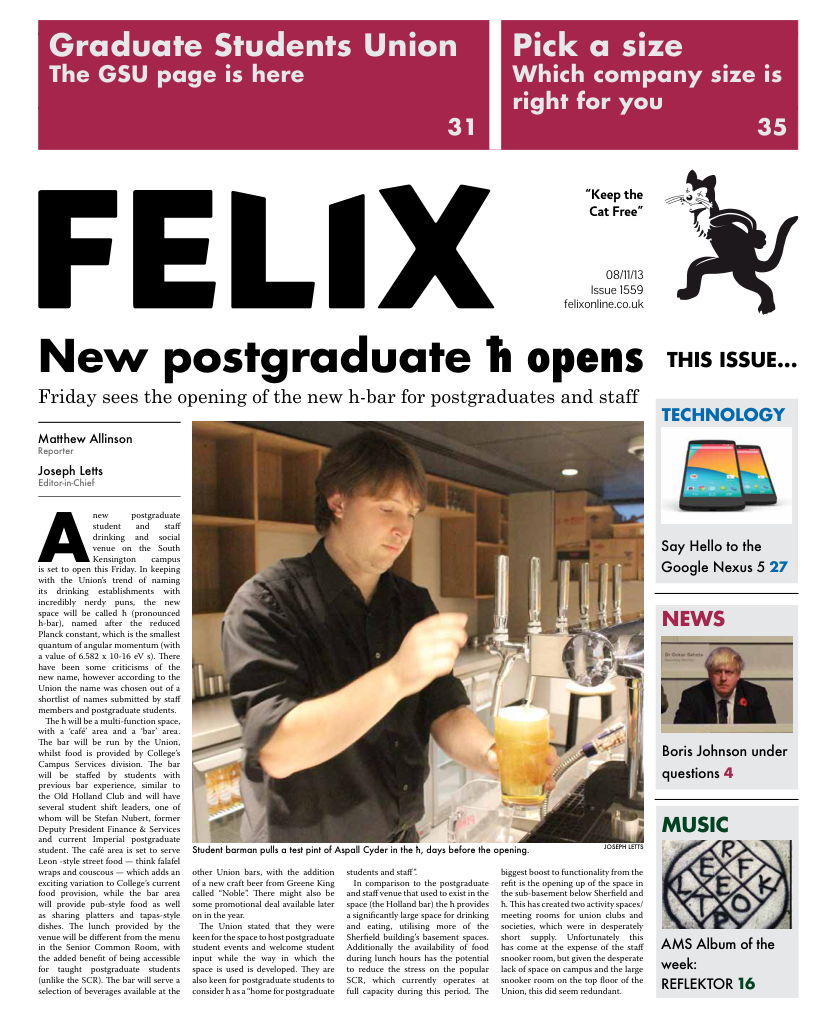The endgame
Ender’s Game Director: Gavin Hood Writers: Gavin Hood, Orson Scott Card (novel) Starring: Harrison Ford, Asa Butterfield, Hailee Steinfeld, Abigail Breslin, Viola Davis, Ben Kingsley Runtime: 114 minutes Certificate: 12A
Over the past few years we have sadly seen studios satisfy audiences’ need for film escapism with story-driven fantasy action (comic book films being the biggest example) while staying away from science fiction. Even sci-fi staples like Star Trek -whose writers Alex Kurtzman and Roberto Orci are involved in this project- haven’t been spared and have been turned into entertaining but nonetheless seat-rumbling blockbusters. After decades in development (young Anakin Jake Lloyd was considered for the role of ten year old Ender), I had some hope that an adaptation of the popular novel Ender’s Game would inject some much needed sci-fi into blockbusters. But when I saw that Gavin Hood, director of the terrible X-Men Origins: Wolverine, was directing that hope turned to fear that a very good novel would be ruined. In the end, Ender’s Game does neither. After an attack on Earth by an ant-like alien species called formics is very narrowly defeated, humanity decides to prepare itself from a future attack by sending its best and brightest children to Battle School, a space station where they are groomed by Colonel Graff (Ford, with his usual geriatric grumpiness) to become the army of the future. The best and brightest of them all is Ender Wiggin (Butterfield), but he is troubled by his violent impulses. In a way, Ender’s Game is similar to the first Harry Potter film -Harry Potter and the Philosopher’s Stone-, up to dodgy lines and suspect acting by some of the supporting child actors. The film’s appeal is exploring with the main character the possibilities in the new world he is in, much like the best part of GTA is seeing if you can kill sharks with grenades. When we first enter space we see blobs of sick floating around in zero gravity. In Battle School the students are trained by playing a sort of zero gravity paintball in which limbs that get hit are rendered immobile, so we see the students try different strategies of dubious real world application. The film leaves behind much of the discussion on war and the use of violence, and all of the political backdrop from the book, to become a film about children bouncing around in space. But if we judge it as that it is a very entertaining and well made film. It all escalates to a much bigger third act that packs a lot of punch, and leaves with a last scene that satisfies the viewers’ need for closure but still sets up the possibility of a sequel.





